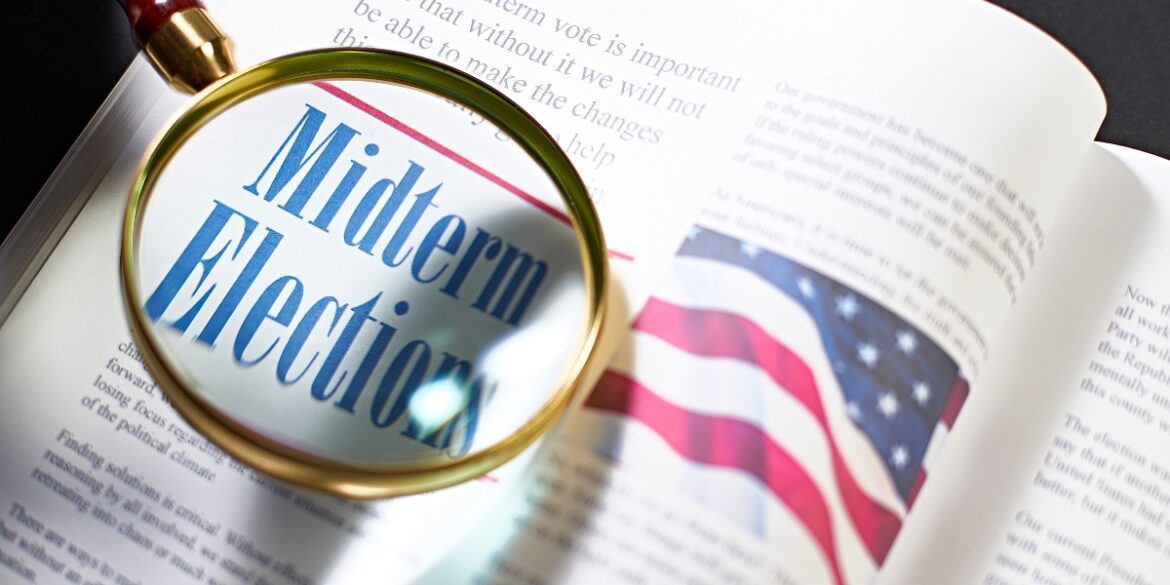Opinion, October 2022
As the 2022 midterm elections neared, Republicans were riding a wave of momentum in the polls. Issues like inflation, soaring energy prices, and border security were at the forefront of the national conversation, fueling a surge in GOP support. Many political analysts were predicting a “red wave,” one that would shift control of both the House and Senate to the Republican Party.
Republican candidates across the nation were honing in on the dissatisfaction that many voters felt regarding the policies of the Biden administration. Their messaging was simple: America needed a change in leadership. They promised to reverse what they viewed as failed policies, aiming to restore fiscal responsibility, bolster national security, and reinstate energy independence.
The issues at the heart of the Republican campaign were not just political talking points—they were deeply resonant with the struggles that Americans were facing in their everyday lives. Inflation was at a 40-year high, making it difficult for families to afford basics like groceries and gas. Energy prices were skyrocketing, partly due to disruptions in global supply chains and the ongoing push for green energy policies. Additionally, the situation at the U.S.-Mexico border, which Republicans characterized as a crisis, became a major rallying cry for those advocating for stricter immigration controls.
As the GOP gained momentum, it was clear that voters were looking for an alternative to the status quo. Polls showed Republicans gaining in key battleground states, with a shift in voter sentiment that many had not predicted just months earlier. While the economy and security were central concerns, Republicans also sought to capitalize on the perception that Democratic leadership had failed to deliver effective solutions.
In response, Democratic candidates found themselves on the defensive, struggling to explain how their policies had failed to yield tangible results. While President Biden remained popular within his party, the broader electorate was less convinced that his administration had addressed the pressing issues facing the country. This division within the electorate created an opening for the GOP, one that they were eager to exploit.
As the race for control of Congress heated up, Republican candidates up and down the ballot were increasingly optimistic that November would bring a decisive shift in the political landscape. With momentum building, they were prepared to capitalize on the growing frustrations of voters, hoping that the “red wave” they had predicted would finally come to fruition.

